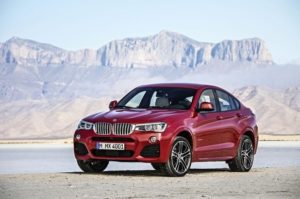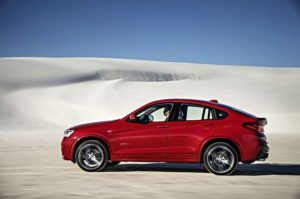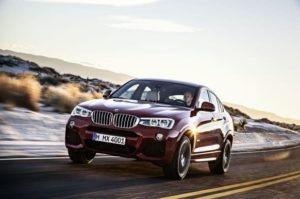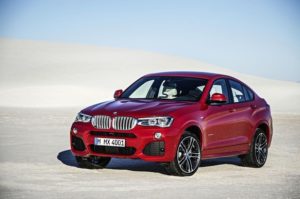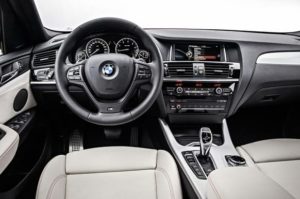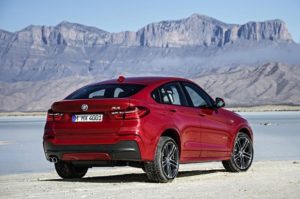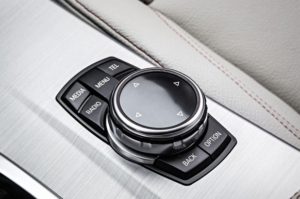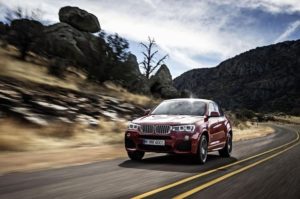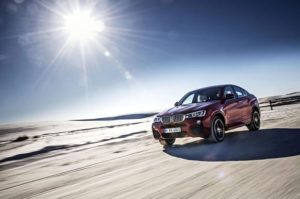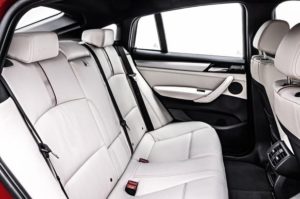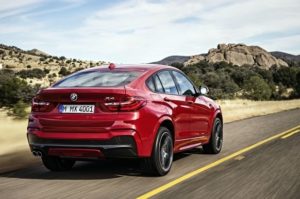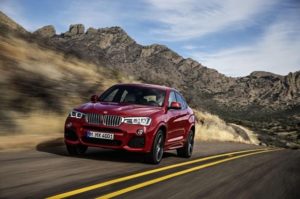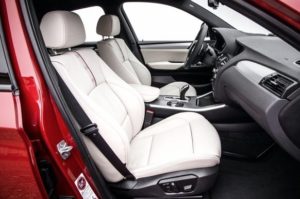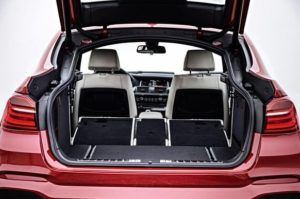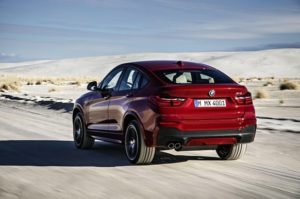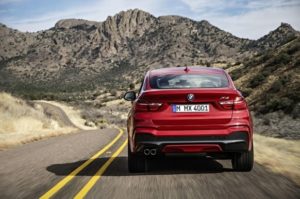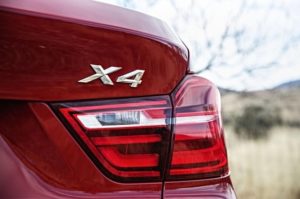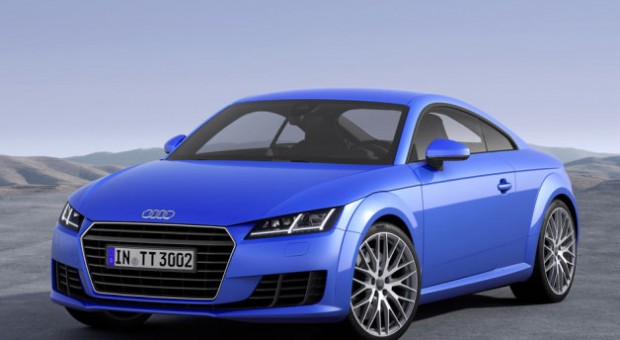

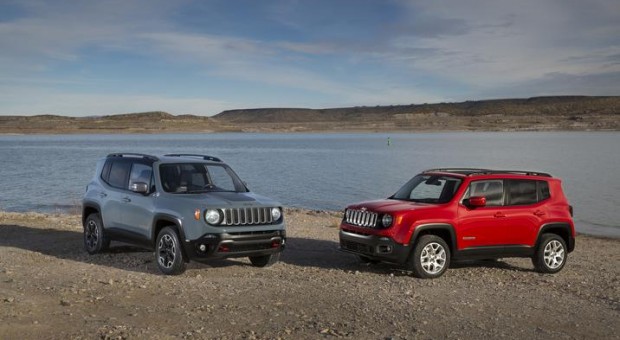
The all-new 2015 Jeep Renegade
The all-new BMW 2 Series Coupe
The all-new BMW 2 Series Coupe
The BMW 2 Series Coupe was introduced in early 2014 as a replacment for the 1 Series Coupe. It’s based on the latest 1 Series hatchback but slightly stretched to create a sportier coupe bodystyle. Rather than thinking of it as a fancy 1 Series, though, BMW wants you to imagine it as a rival to cars like the Audi TT, Volkswagen Scirocco and Toyota GT 86.
The engine line-up is borrowed from the 1 Series, including a flagship 3.0-litre six-cylinder turbo in the M235i, which boasts 322bhp. The majority of UK sales will consist of the 220d model, though, which gets a 181bhp 2.0-litre diesel.
The legendary 1968 BMW 2002 ‘passes the torch’ to the all-new BMW 2 Series Coupe.
Discover all-new 2014 BMW X4
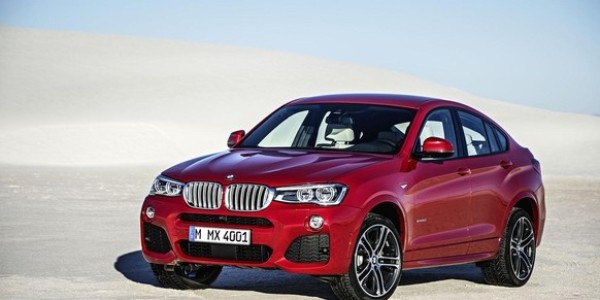
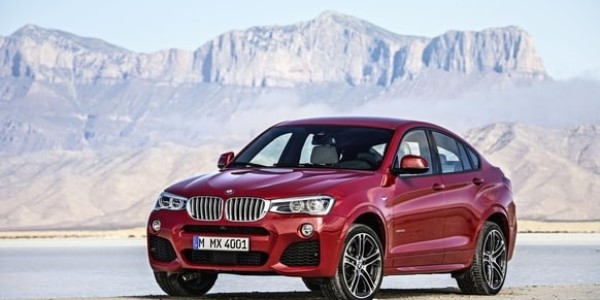
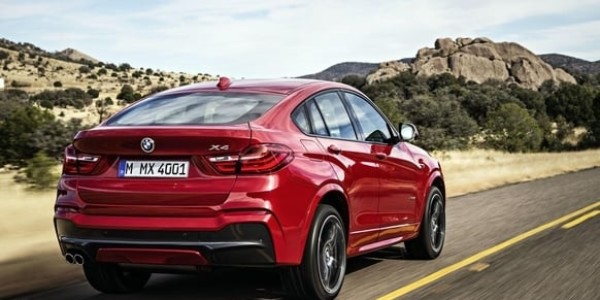
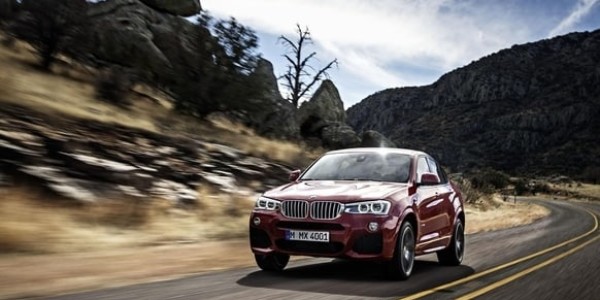
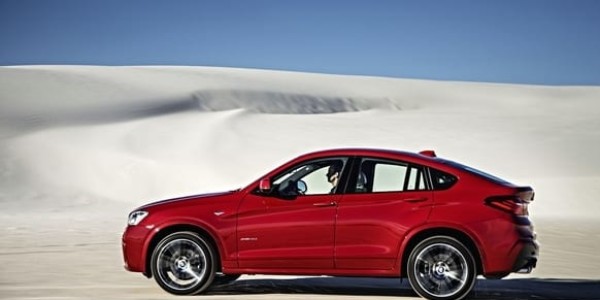
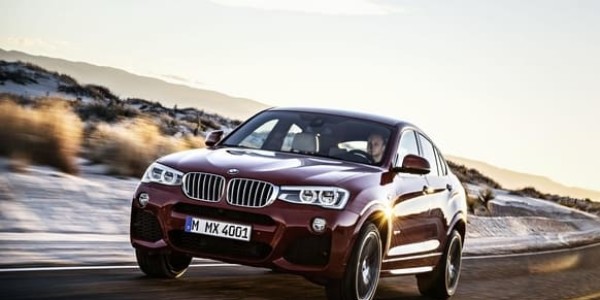
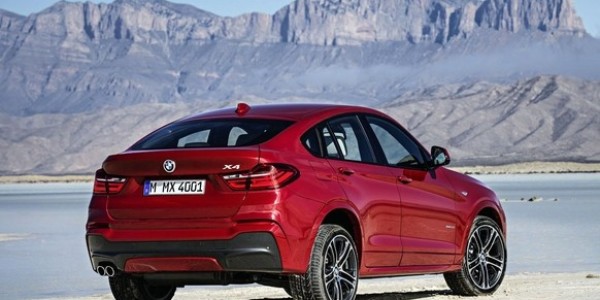
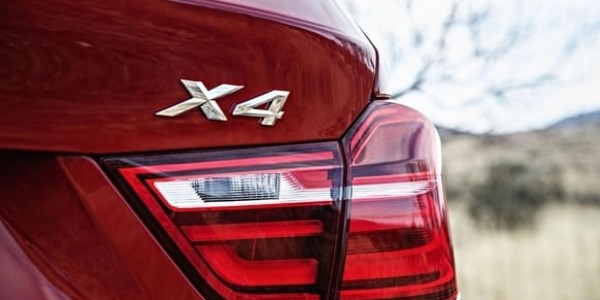
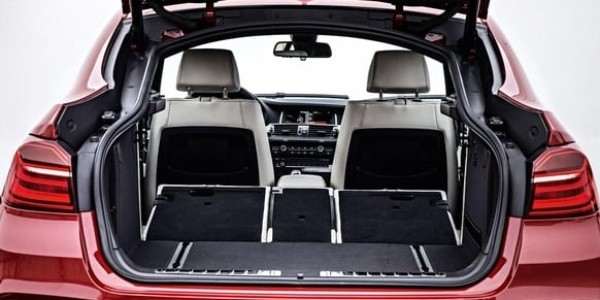
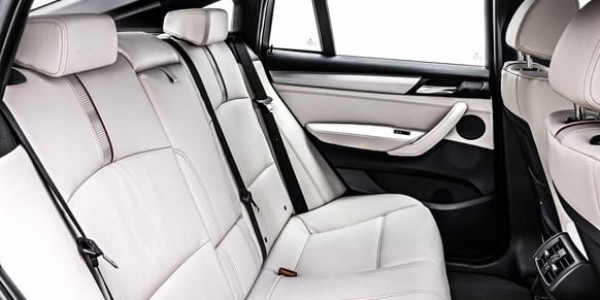
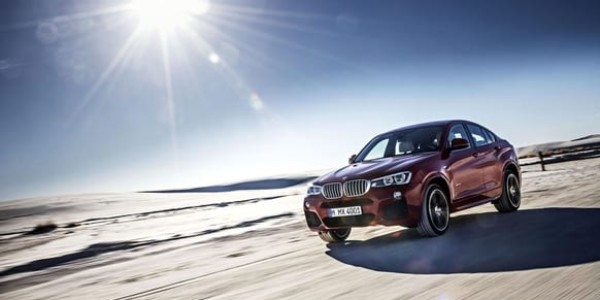
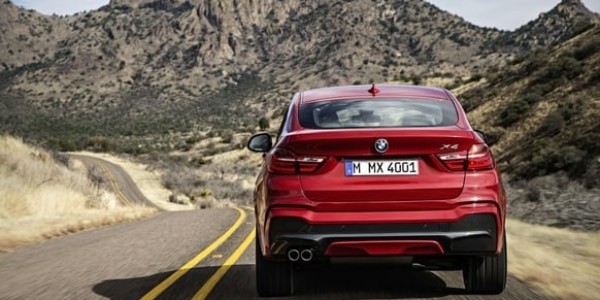
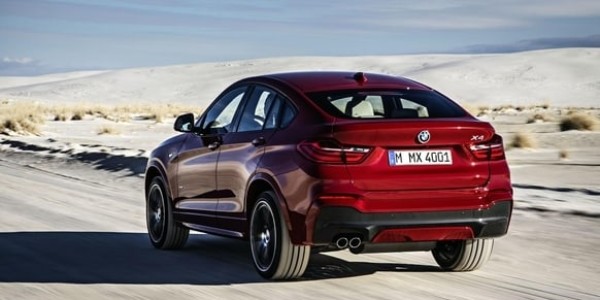
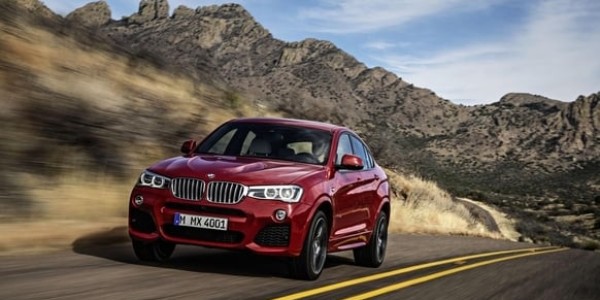
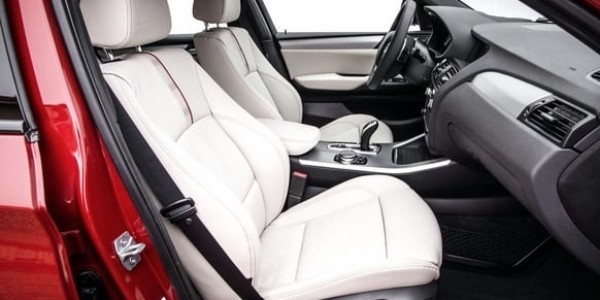
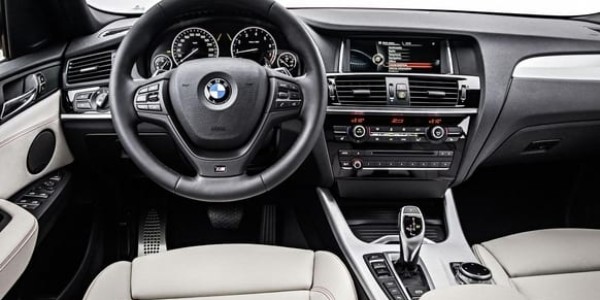
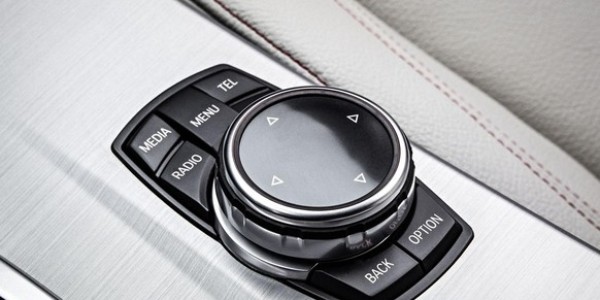
Discover all-new 2014 BMW X4
The new BMW X4 is based on the technical blueprint of the BMW X3, but displays a sporting character very much its own and takes dynamics to another new level. That much is clear when you view the new model head-on. The look & feel is similar with BMW X6
The large air intakes positioned on the outer edges of the front end and the character lines in the front apron allow the BMW X4 – with its signature BMW twin headlights and front fog lamps (both optionally with LED technology) – to maximise its visual presence on the road. The roofline reaches its highest point above the driver and then swoops down smoothly to the trailing edge of the tailgate, mimicking the design language of a classical sporting coupe. The signature swage line running along the flanks of BMW models is split into two on the X4.
The new BMW X4 (fuel consumption combined: 8.3–5.0* l/100 km [34.0–54.3 mpg imp]; CO2 emissions combined: 193–130* g/km) blends the hallmark features of the successful BMW X family with the sporting elegance of a classical coupe, and introduces the unique Sports Activity Coupe concept to the premium mid-size segment.
Its dynamic pedigree is underlined by a wide range of cutting-edge high-performance engines, the xDrive all-wheel-drive system and an exclusive spread of standard equipment features such as variable sport steering, Performance Control and a sports leather steering wheel with gearshift paddles.
In keeping with the vivacious character of the new BMW X4, customers can choose from three petrol engines and a trio of diesel units from the BMW EfficientDynamics engine family, whose output ranges from 135 kW/184 hp to 230 kW/313 hp. All the engines meet the EU6 exhaust gas standard.
The BMW TwinPower Turbo technology of the state-of-the-art engines offers a promise of superb performance married with exceptionally low fuel consumption. For example, the flagship petrol unit in the BMW X4 xDrive35i (fuel consumption urban/extra-urban/combined: 10.7/6.9/8.3 l/100 km [26.4/40.9/34.0 mpg imp]; CO2 emissions combined: 193 g/km) develops an outstanding 225 kW/306 hp and peak torque of 400 Nm (295 lb-ft). The BMW X4 xDrive35i requires just 5.5 seconds to sprint from 0 to 100 km/h (62 mph).
And an equally impressive performer in terms of power delivery and CO2 efficiency is the BMW X4 xDrive35d (fuel consumption urban/extra-urban/combined: 6.7/5.5/6.0 l/100 km [42.2/51.4/47.1 mpg imp]; CO2 emissions combined: 157 g/km). Its 3.0-litre six-cylinder in-line engine generates 230 kW/313 hp and peak torque of 630 Nm (465 lb-ft).
The BMW X4 xDrive35d accelerates from 0 to 100 km/h (62 mph) in 5.2 seconds. The new-generation 2.0-litre diesel engine in the BMW X4 xDrive20d (fuel consumption urban/extra-urban/combined: 5.8–5.4*/5.1–4.8*/5.4–5.0* l/100 km [48.7–52.3/55.4–58.9/52.3–56.5 mpg imp]; CO2 emissions combined: 141–131* g/km) with eight-speed Steptronic transmission also sets the benchmark when it comes to fuel economy and CO2 emissions. Its four-cylinder unit produces 140 kW/190 hp and peak torque of 400 Nm (295 lb-ft).
The new BMW X4 Media Gallery
2014 BMW X4 | Source BMW, please read more.
BMW’s history in 1 minute (Video campaign)
BMW’s history in 1 minute
BMW became an automobile manufacturer in 1929 when it purchased Fahrzeugfabrik Eisenach, which, at the time, built Austin Sevens under licence under the Dixi marque. BMW’s team of engineers progressively developed their cars from small Seven-based cars into six-cylinder luxury cars and, in 1936, began production of the BMW 328 sports car. Aircraft engines, motorcycles, and automobiles would be BMW’s main products until World War II. During the war, against the wishes of its director Franz Josef Popp, BMW concentrated on aircraft engine production, with motorcycles as a side line and automobile manufacture stopped altogether.
After the war, BMW survived by making pots, pans, and bicycles until 1948, when it restarted motorcycle production. Meanwhile, BMW’s factory in Eisenach fell in the Soviet occupation zone and the Soviets restarted production of pre-war BMW motorcycles and automobiles there. This continued until 1955, after which they concentrated on cars based on pre-war DKW designs. BMW began building cars in Bavaria in 1952 with the BMW 501 luxury saloon. Sales of their luxury saloons were too small to be profitable, so BMW supplemented this with building Isettas under licence. Slow sales of luxury cars and small profit margins from microcars caused the BMW board to consider selling the operation to Daimler-Benz. However, Herbert Quandt was convinced to purchase a controlling interest in BMW and to invest in its future.
Quandt’s investment, along with profits from the BMW 700, brought about the BMW New Class and BMW New Six. These new products, along with the absorption of Hans Glas GmbH, gave BMW a sure footing on which to expand. BMW grew in strength, eventually acquiring the Rover Group (most of which was later divested), and the license to build automobiles under the Rolls-Royce marque.
Follow the evolution of the Ultimate Driving Machine through 10 decades of iconic design.
The Audi A7 Sportback (Presentation video)
The Audi A7 Sportback
Measuring 4.97 meters (16.31 ft) in length, the five-door model is an Audi in top form. Its low, dynamically drawn roof line and flowing rear lend it the character of a coupe. Every detail of the elegant interior documents the care with which Audi builds cars. High-quality materials spoil the senses.
The front seats are optionally available with ventilation and massage functions. The MMI operating system comes standard; among the optional equipment is a head-up display.
Audi offers the A7 Sportback with a choice of six powerful and cultivated V6 engines: two gasoline and four TDI units. They develop between 150 kW (204 hp) and 230 kW (313 hp) and are impressively efficient.
The new 3.0 TDI with 150 kW (204 hp) consumes an average of just 5.1 liters of fuel per 100 kilometers (44.38 US mpg). All engines feature innovative thermal management and a start-stop-system.
Engine lineup:
– 2.8 FSI and 2.8 FSI quattro with 150 kW (204 hp)
– 3.0 TFSI quattro with 228 kW (310 hp)
– 3.0 TDI and 3.0 TDI quattro with 150 kW (204 hp)
– 3.0 TDI quattro with 180 kW (245 hp)
– 3.0 TDI clean diesel quattro with 180 kW (245 hp)
– 3.0 TDI quattro with 230 kW (313 hp)
The standard automatic transmissions also play a role in the efficiency of the A7 Sportback. The user-friendly multitronic for the 2.8 FSI and 3.0 TDI with 150 kW (204 hp) delivers the engine power to the front wheels. The sporty seven-speed S tronic delivers the power to all four wheels. The 3.0 TDI quattro with 230 kW (313 hp) is equipped with an eight-speed tiptronic.
The quattro permanent all-wheel drive system features torque vectoring for superior traction, stability and dynamics. It can be complemented with the optional sport differential for the rear axle.
The Audi pre sense safety system can reduce the severity of accidents and their consequences in many cases. Audi active lane assist helps the driver to keep the A7 Sportback firmly on course, and the park assist system relieves the driver of the chore of steering when parking.
The night vision assistant with highlighting of detected persons reduces the stress of driving in the dark. Audi side assist and speed limit detection round out the list.
Source: Audi
Lexus RC – Introducing the all-new coupe from Lexus
Lexus RC – Introducing the all-new coupe from Lexus
V8 engine in the all-new 2015 RC F performance coupe at the North American International Auto Show in Detroit. The F performance model, based on the RC coupe, gets its powerful roar from more than 450 horsepower and more than 383 lb.-ft. torque.
The RC F has an all-new 5.0-liter 32-valve V8 engine that will provide increased maximum power at higher engine rpm than previously possible. For the first time in a Lexus performance engine, the RC F uses the Atkinson cycle at cruising speeds for enhanced fuel economy and then switches to the Otto cycle at higher rpm to develop impressive performance levels.
Driver engagement has been made possible by purpose designed sound and power delivery. Auniquely tuned eight-speed Sports Direct Shift (SPDS) transmission improves linear throttle response. It helps the driver control the torque and power precisely as it is applied.
The newly calibrated VDIM adds a vertical G-sensor to provide greater vehicle stability.
See more information about Lexus RC.

